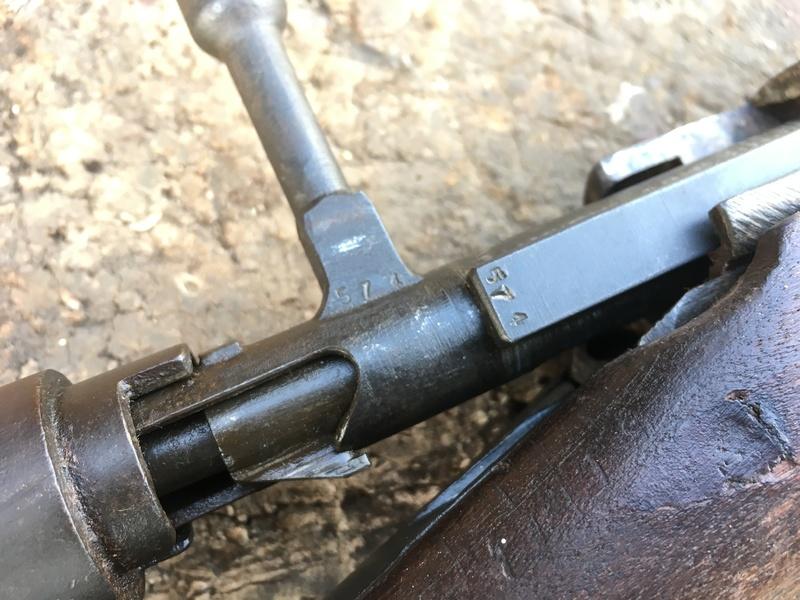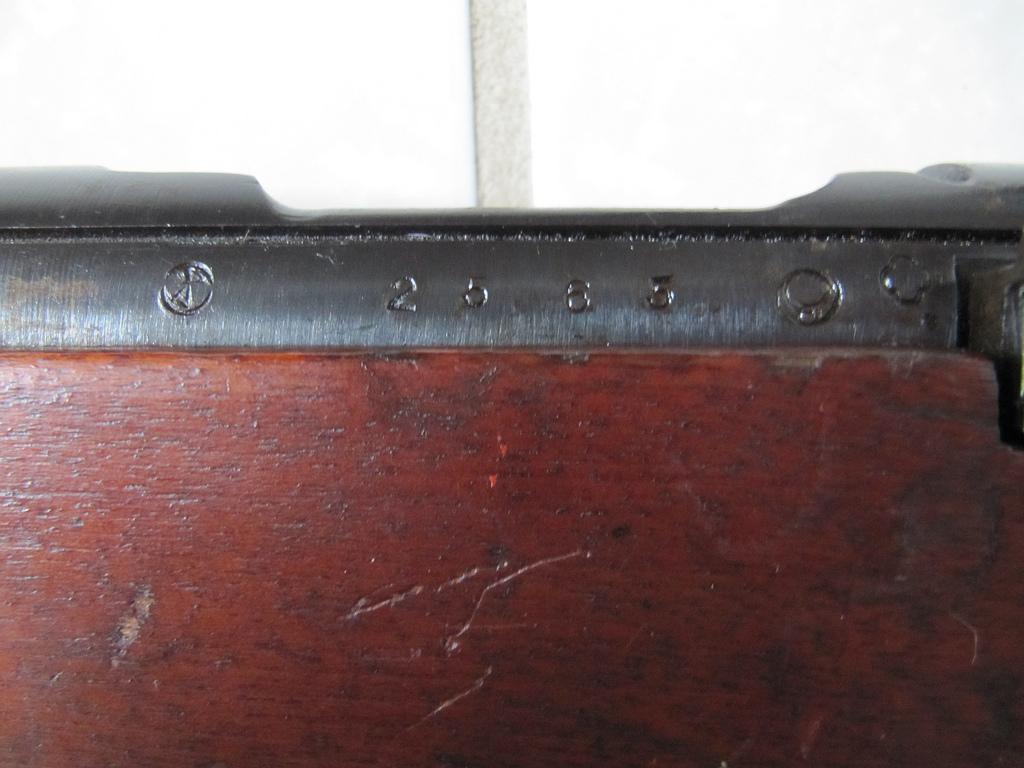Toyo Kogyo 27th Series

Toyo Kogyo Arsenal (TWO figures, the first the Kokura cannonballs, the second a circle witha line through it horizontally, with the middle of the line missing) 557,000 series 30 through series 35, all 1-99999 except the last one, 1-57,000.

- Apr 30, 2010 Hi Guys, I am looking to purchase this rifle from my Bro in law. I want to give him the most I can, so your input helps. Here is a Series 32 Type 99 7.7 Arisaka short rifle from the Toyo Kogyo.
- Japanese Type 99 Arisaka Toyo Kogyo 34th Series. Posted on April 18, 2019 April 18, 2019 by adminaxis $ 349.99. Here is a very nice original Japanese Type 99 Arisaka that manufactured at the Toyo Kogyo Arsenal in Hiroshima Prefecture. It is a substitute standard 34th series rifle made late in the war. The bore is in very good shape throughout.
Markings on Japanese Arisaka Rifles and Bayonets of World WarIIMarkings on Japanese Arisaka Rifles andBayonets of World War IILast Updated Adapted from Japanese Rifles of World War II, by Duncan O.McCollum, 1996, published by Excalibur Publications, PO Box 36, Latham, NY, USA, ISBN: 1-880677-11-3; and Military Rifles ofJapan, by Fred. Honeycutt, Jr., and F. Patt Anthony, FifthEdition, 1996, published by Julin Books, 5282 Ridan Way, Palm BeachGardens, FL 33418, ISBN: 0-9623208-7-0. Bayonet information fromBayonets from Janzen's Notebook, by Jerry L. Janzen,published by Cedar Ridge Publications, 73 Cedar Ridge Road, Broken Arrow,Oklahoma, USA.
ISBN: 0-9619789-1-0.Table of bayonet variations added.Production figures added.Spelling of Col. Arisaka's name updated, based on informationsupplied by his great-granddaughter.Markings on Japanese Arisaka Rifles and Bayonets of World War IIThe Japanese manufactured over 6.4 million rifles and carbines in the 40years from 1906 to 1945. Most of these rifles were still in use duringthe Sino-Japanese War of the 1930s and the Pacific War of the 1940s.During the war and subsequent American occupation of Japan, thousands ofthese rifles found their way to the United States as war souvenirs, makingthem one of the most common foreign military firearms available in thecountry.The Arisaka rifles are named for Colonel NariakiNariakira Arisaka, who headed a commission during the 1890s which wascharged with developing a new rifle to replace the earlier models such asthe Murata.
Toyo Kogyo 27th Series 1

Toyo Kogyo Arsenal
The Arisaka rifles were designated with the year of thecurrent emperor's reign. Thus, the Type 38 rifle was designed inthe 38th year of the reign of Emperor Meiji (1905), and the Type44 carbine was adopted in the 44th year of his reign (1911).During the reign of Hirohito, rifles were designated by the last one ortwo digits of the adoption year according to the standard Japanesecalendar. Thus, the Type 99 rifle was adopted in Japanese calendaryear 25 99 (1939), and the Type 2 paratroop rifle was adoptedin calendar year 260 2 (1942).A chrysanthemum with 16 petals (the symbol of the Japanese Emperor) wasusually stamped on the receiver of rifles manufactured for the ImperialJapanese Army, indicating that the rifle belonged to the Emperor.
Thechrysanthemum resembles this:The chrysanthemum was at least partially ground off on rifles which weresurrendered after the war, apparently as a face-saving gesture. Riflescaptured in the field, however, normally have the chrysanthemum symbolintact. The Type designation was stamped into the top of the receiverusing the character shiki for 'type' and Japanese numerals. Theshiki character and the characters for the Japanese numerals areshown in the following table.Japanese Characters Used on Arisaka Rifles CharacterMeaningType0A small number of Type 38 and Type 99 rifles had two concentric circles onthe receiver in place of the chrysanthemum.
The purpose of thesespecially-marked rifles is not known, although it is speculated that theywere issued to paramilitary forces such as the Kempei Tai (Japanese SecretPolice), other military police, and guards at prisons, embassies, andother civil instillations. Some concentric circle rifles were remarkedstandard issue Type 38 and Type 99 rifles that had the chrysanthemumcompletely or partially removed and replaced with the concentric circlemarking. These rifles were serialized separately from regular productionpieces. Other rifles apparently were originally manufactured and markedwith concentric circles, which looks something like this:Arsenal MarksEach Japanese rifle was marked with the symbol of either the arsenal ofmanufacture or the arsenal that supervised the manufacturingsubcontractor. This mark can be found on the left side of the receiver atthe end of the rifle serial number. Rifles manufactured by a commercialsubcontractor bear the subcontractor's mark to the right of thesupervising arsenal's mark.